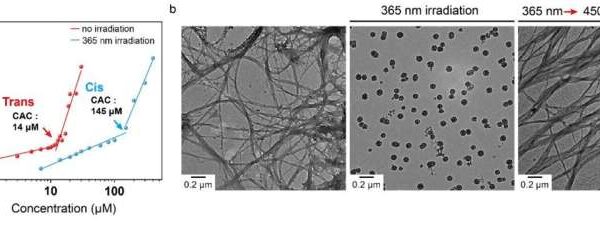The competition for leadership in fusion energy technology is heating up, with China poised to take a significant lead. As of March 2024, China has made considerable strides in essential industries related to fusion energy, including high-speed rail and advanced power electronics. The rapid deployment of over 48,000 kilometers of high-speed rail—surpassing Europe’s network by three times and the United States’ Acela network by 55 times—demonstrates China’s extensive capabilities in infrastructure that could support fusion energy initiatives.
In contrast, the West still retains opportunities to dominate three critical sectors of the fusion supply chain: cryo-plants, fuel processing, and blanket technologies. A tokamak, which is essential for fusion energy, requires its electromagnets to be maintained at cryogenic temperatures of around 20 Kelvin. This necessitates the establishment of large-scale cryogenic cooling plants. Currently, Europe-based companies such as Linde Engineering and Air Liquide Engineering, alongside American firms like Air Products and Chemicals and Chart Industries, are key players in this domain.
Chinese companies such as Hangyang Group and SASPG also present strong competition in the cryogenic sector. Each region possesses the industrial foundation necessary to scale up production for fusion energy needs. As the fusion industry develops, there exists a significant opportunity for the West to enhance its capabilities in fuel production, particularly for light-isotope gases such as hydrogen, deuterium, and tritium. Currently, processing technologies for these gases exist on a small scale for applications in medicine and research but lack the capacity required for the fusion sector.
Opportunities for the West in Fusion Technology
The development of blanket technologies, which are vital for absorbing energy from fusion reactions and breeding tritium, presents another avenue for Western leadership. While no adjacent industries have yet achieved substantial expertise in the materials needed for these technologies—such as liquid lithium or lead-lithium eutectic—there are some overlapping technologies emerging from the nuclear fission industry. The United States, as the largest producer of beryllium globally, has a unique opportunity to lead in this area, as beryllium is crucial for many fusion blanket concepts.
China’s proactive approach in harnessing adjacent industries is noteworthy. The country has formed a fusion consortium that includes major players from sectors such as steel, machine tooling, electric grid, power generation, and aerospace. This strategic collaboration poses a formidable challenge for Western nations, who must now prioritize the development of robust alternative supply chains to keep pace.
Strengthening the cryo-plant industry in the West could be pivotal. Creating demand for natural-gas liquefaction could stimulate growth in this area and provide the necessary support for the fusion energy supply chain. Furthermore, the United States and European countries have the potential to lead in emerging sectors such as fuel processing and blanket technologies.
Policy and Investment: Keys to Future Competitiveness
Achieving leadership in these sectors will require concerted efforts from policymakers and business leaders. It is essential to ensure that both public and private funding is directed towards these critical emerging supply chains. Governments may need to act as early customers and provide financing for substantial capital investments.
In addition, incentivizing private investment through favorable capital-gains tax policies could help accelerate the development of necessary technologies. In areas where the West lags, such as thin-film processing and alloy production, partnerships with countries like South Korea and Japan may be required. These nations possess the industrial bases to compete effectively against China on the global stage.
In summary, while China currently holds a significant advantage in several areas integral to fusion energy development, the West retains opportunities for leadership in cryo-plants, fuel processing, and blanket technologies. Strategic investments and collaborative efforts will be crucial in ensuring that Western nations can compete in the race for fusion energy dominance.





































































